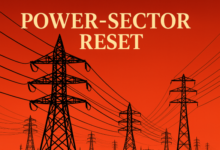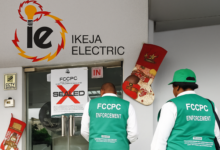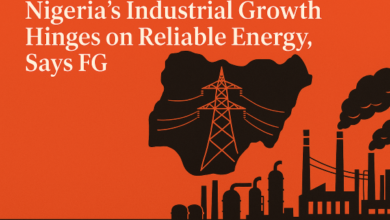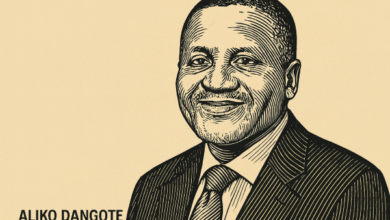Nigeria Targets 2.5m Barrels Daily Oil Output by 2026 as NUPRC Unveils Growth Blueprint
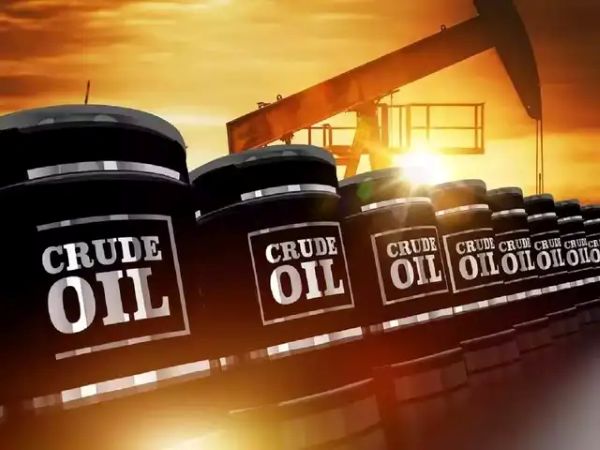
Nigeria is charting a bold course to restore its position as Africa’s energy powerhouse, with the Nigerian Upstream Petroleum Regulatory Commission (NUPRC) setting a crude oil production target of 2.5 million barrels per day (bpd) by 2026.
The ambitious goal, announced by NUPRC Chief Executive Gbenga Komolafe at the 4th PENGASSAN Labour Summit in Abuja, comes at a time when Nigeria is struggling to shake off years of declining output, underinvestment, oil theft, and operational bottlenecks.
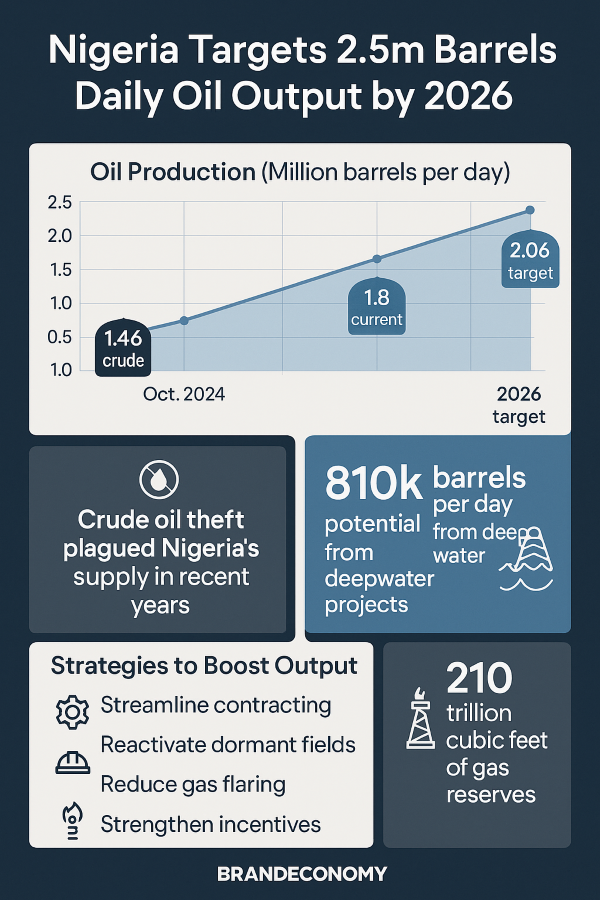
Current Momentum and Growth Path
Nigeria’s current production has climbed from 1.46m bpd in October 2024 to 1.8m bpd, signalling modest recovery. The target of 2.5m bpd would represent the country’s highest sustained output in over a decade, if achieved.
Komolafe credited recent Presidential Executive Orders under the Petroleum Industry Act (PIA) 2021 for streamlining contracting cycles, cutting red tape, and reducing investment risks—factors long cited by operators as stumbling blocks to fresh capital inflows.
Key drivers of the roadmap include:
- Deepwater exploration projects with potential to unlock 810,000 bpd.
- Reactivation of dormant oil fields to revive stranded capacity.
- Enhanced recovery technologies to mitigate natural decline in mature assets.
- Cluster development strategy, aimed at sharing infrastructure, cutting costs, and strengthening investor confidence.
Balancing Growth with Sustainability
Beyond output, Komolafe emphasized sustainability through the Upstream Decarbonisation Framework, which targets:
- Zero routine gas flaring by 2030.
- 60% reduction in methane emissions by 2031.
Nigeria’s 210 trillion cubic feet (TCF) of proven gas reserves are positioned as the cornerstone of its energy transition, supporting gas-to-power projects, industrial growth, and LNG exports.
Industry Concerns: High Costs and Declining Reservoirs
However, the optimism is tempered by industry realities. Speaking at the summit, Jagie Baxi, Managing Director of ExxonMobil Nigeria, flagged four critical challenges: geology, cost, risk, and reward.
- Nigeria’s deepwater fields, which account for much of its future growth, face natural decline rates of up to 15% annually.
- High drilling and operational costs, among the steepest globally, deter new entrants.
- Frequent disputes, contract renegotiations, and security concerns weigh heavily on investor sentiment.
Baxi urged government and regulators to introduce risk-adjusted incentives to keep international oil companies (IOCs) committed, while also ensuring that disputes with host communities and contractors are swiftly resolved.
Strategic Implications for Nigeria
For Nigeria, hitting the 2.5m bpd target is not just about boosting exports—it is about:
- Restoring credibility within OPEC+, where Nigeria has consistently fallen short of its quota.
- Stabilising foreign exchange inflows and fiscal revenues, especially as global oil prices remain volatile.
- Unlocking gas monetisation to diversify the economy and support the energy transition narrative.
Failure to address structural challenges—ranging from oil theft in the Niger Delta to financing constraints in deepwater—could, however, derail the target.
Expert Take: A Race Against Time
The 2026 production ambition is both attainable and precarious. Attainable, because Nigeria still sits on vast untapped reserves and investor appetite exists if conditions improve. Precarious, because without tackling cost inflation, insecurity, and regulatory uncertainty, momentum could stall.
The next two years will therefore be decisive. A blend of regulatory clarity, investor incentives, and operational discipline will determine whether Nigeria reclaims its status as a continental oil giant—or continues its struggle with unrealised potential.


